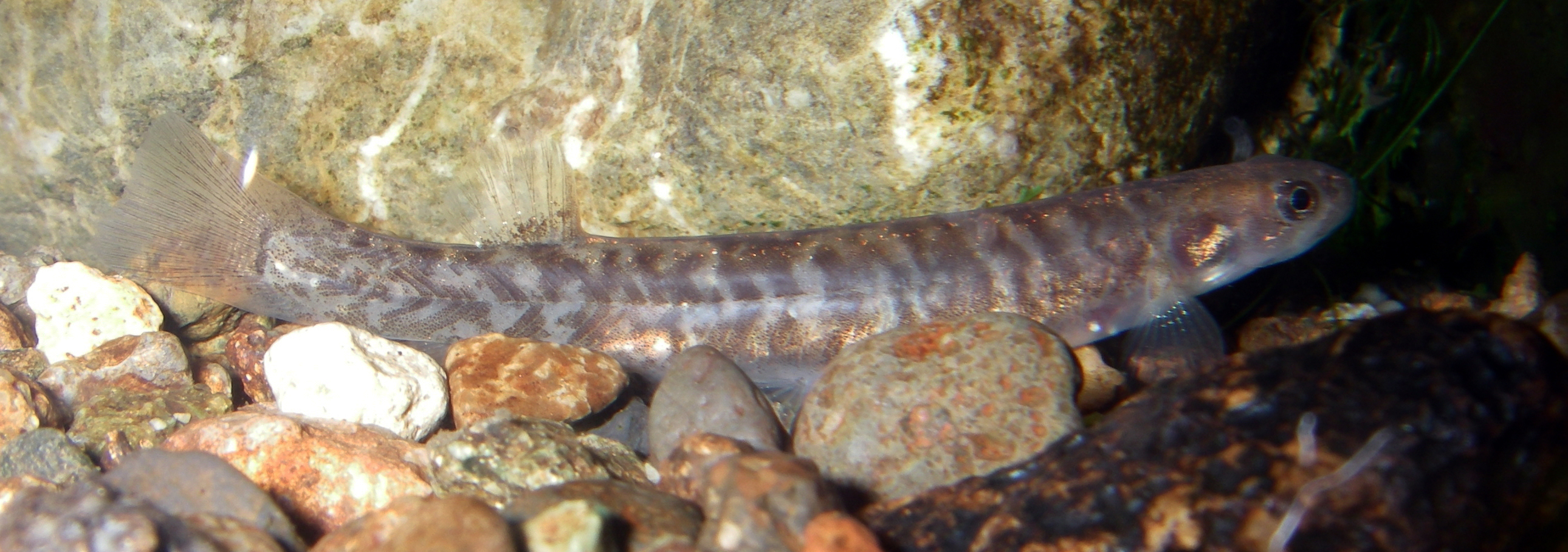River dwarves
What is more endangered than our little spotted kiwi, lies at just 5-6 cm in length and comes with a stunning dusting of silvery-gold speckles? Our very own dwarf galaxias – a native fish that is found in the lower half of the North Island and the top half of the South Island.
 At this time of year, these baby native fish can be found in very large numbers at the headwaters of our rivers exploring their new watery world. They are similar in appearance to the kōaro (one of the whitebait species) as their bodies are long and slender with amber to dark green colouring, brown patterns and beautiful silvery-gold “sprinkles”.
At this time of year, these baby native fish can be found in very large numbers at the headwaters of our rivers exploring their new watery world. They are similar in appearance to the kōaro (one of the whitebait species) as their bodies are long and slender with amber to dark green colouring, brown patterns and beautiful silvery-gold “sprinkles”.
The dwarf galaxias however, unlike the kōaro, is non-migratory and conducts its entire life cycle in freshwater. This reclusive little fish is only found in a relatively small number of rivers in the lower half of the North Island and the top half of the South Island. In the Wairarapa, it has been found in streams such as the Enaki, the Waihora and Abbot’s Creek. Dwarf galaxias’s inhabit stream headwaters in the foothills, where they lead secretive lives amongst the spaces between rocks in shallow, faster-flowing water. The adults lay eggs during spring and early summer, which then hatch after around three weeks.
The dwarf galaxias does not live for very long, usually only around three years. Like most New Zealand native fish, the dwarf galaxias is becoming rarer. They need clean, cold water to survive and are particularly vulnerable to introduced trout, for which they make a tasty little snack. For this reason they are usually found in areas upstream of obstacles that prevent trout access. If you are lucky enough to find yourself in a stream that the dwarf galaxias lives in, these fish can sometimes be caught by placing a hand net in the water in a ripple-y area and gently displacing rocks just upstream (they may swim into your net while escaping). Be careful with your observations, this special little fish is found nowhere else in the world.
